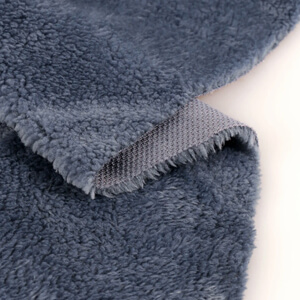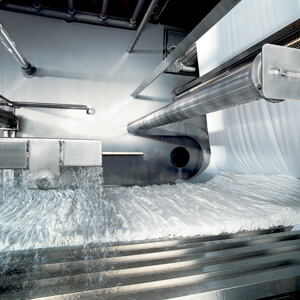Have you ever picked up a piece of
clothing and wondered at how soft, shiny or just perfectly crisp it feels? That magic doesn't happen by accident. It's the result of something called
Fabric Finishing, an essential process in the
Textile Industry that takes raw, unrefined fabric and turns it into the polished, wearable masterpiece you adore. Think of it as the final touch that transforms an ordinary material into something extraordinary. Without fabric finishing, even the most luxurious
silk or durable cotton would feel a bit... lifeless.
At it's core, fabric finishing is about
enhancing a textile's natural qualities and sometimes adding entirely new ones. It's the process that ensures your summer linen
shirt feels cool and breathable, your winter coat repels water and your favourite saree drapes like a dream. But it's not just about looks and feels - fabric finishing also
improves the performance of textiles, making them more
durable,
resistant to wrinkles, or even
flame-retardant. In short, it's what makes fabrics practical and pleasant for everyday use.













 CONTACT USWaves Institute of Fashion Designing,
CONTACT USWaves Institute of Fashion Designing,